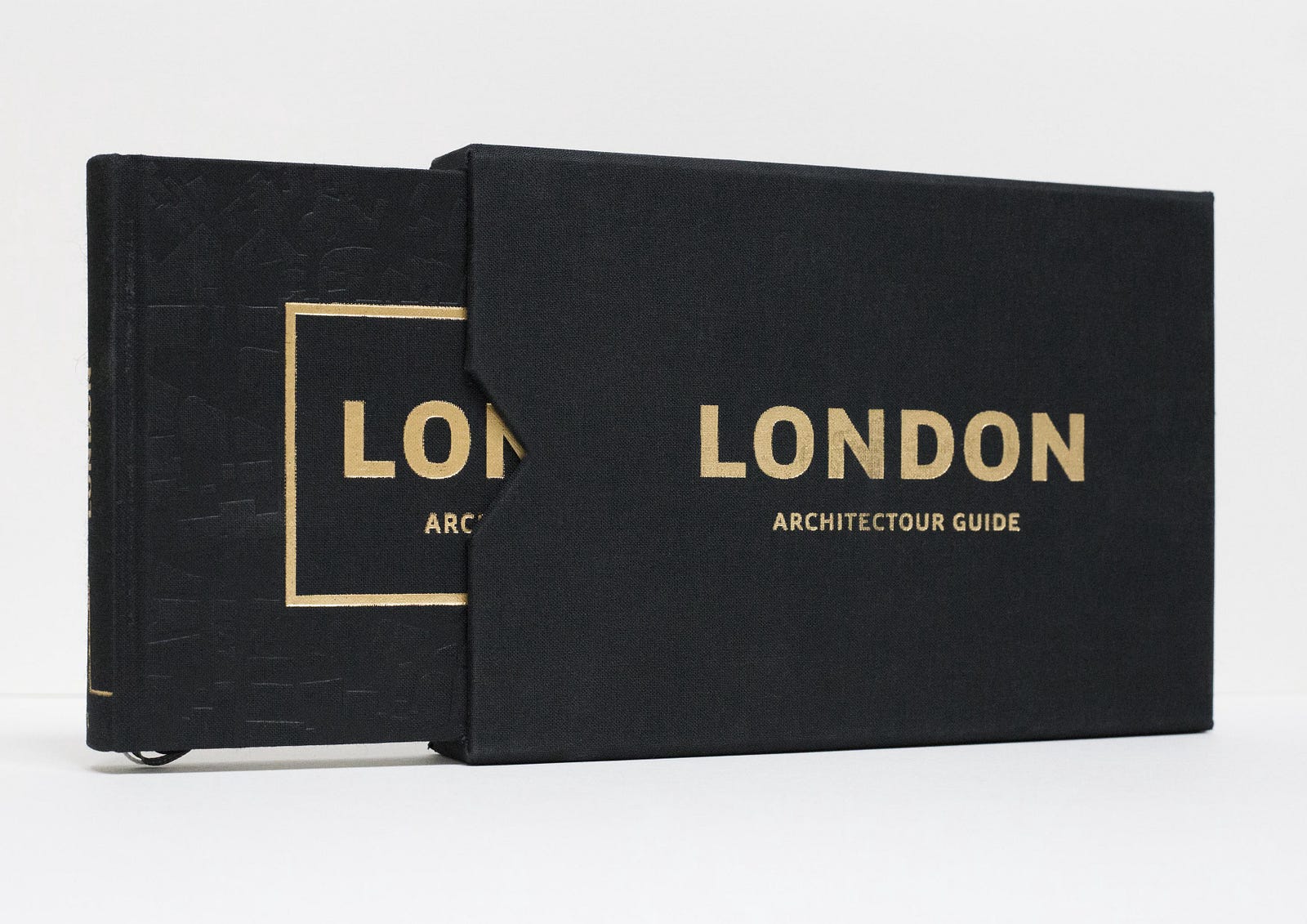Fun & Free: 5 Itinerary Ideas for a Great Day in London
Want to optimise your sightseeing in London? Then here’s the route map for you.
Great news, you’ve taken some time off your calendar for exploring London. That wonderful city with a million landmarks that has been waiting for you to show some love for a long time.
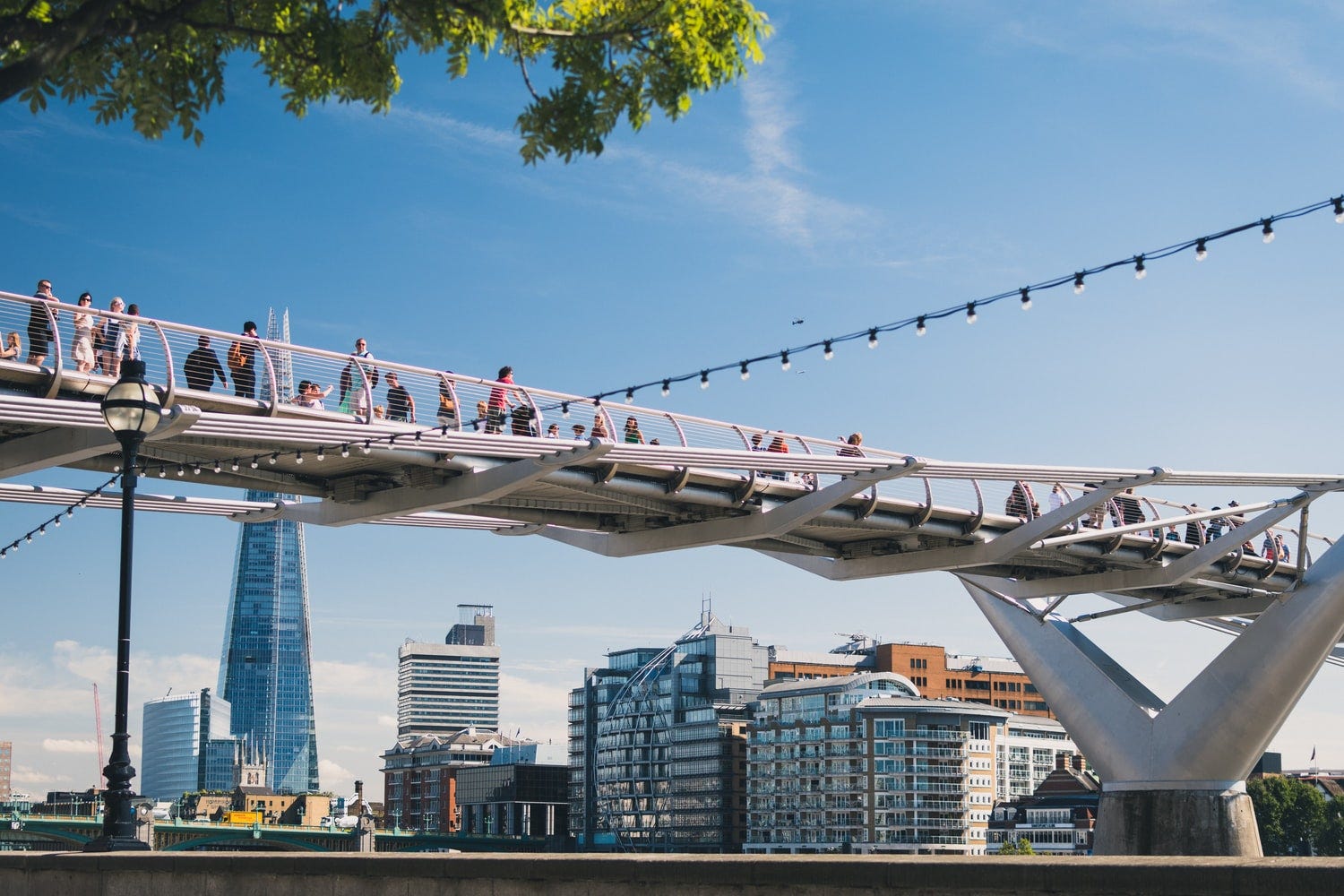
A ton of London’s most iconic features, museums and modern architecture are waiting for you to visit. However, the key question is which to choose and even more important: in what order?
We’ve created an optimised itinerary map of 5 potential days. One is perfect for your first time in London or if your parents are visiting. Another is great if the weather isn’t that good. The third one is for architecture lovers. The fourth itinerary for Harry Potter fans (guilty!) and the last one is a special one.
Whatever you preference — or if you want to combine them because of your multiple interests — spend an amazing day uncovering your favourite locations in the city with this map:
For more inspiration, get your Architectour Guide of London or book a tour with us.
Itinerary 1: 24h in London
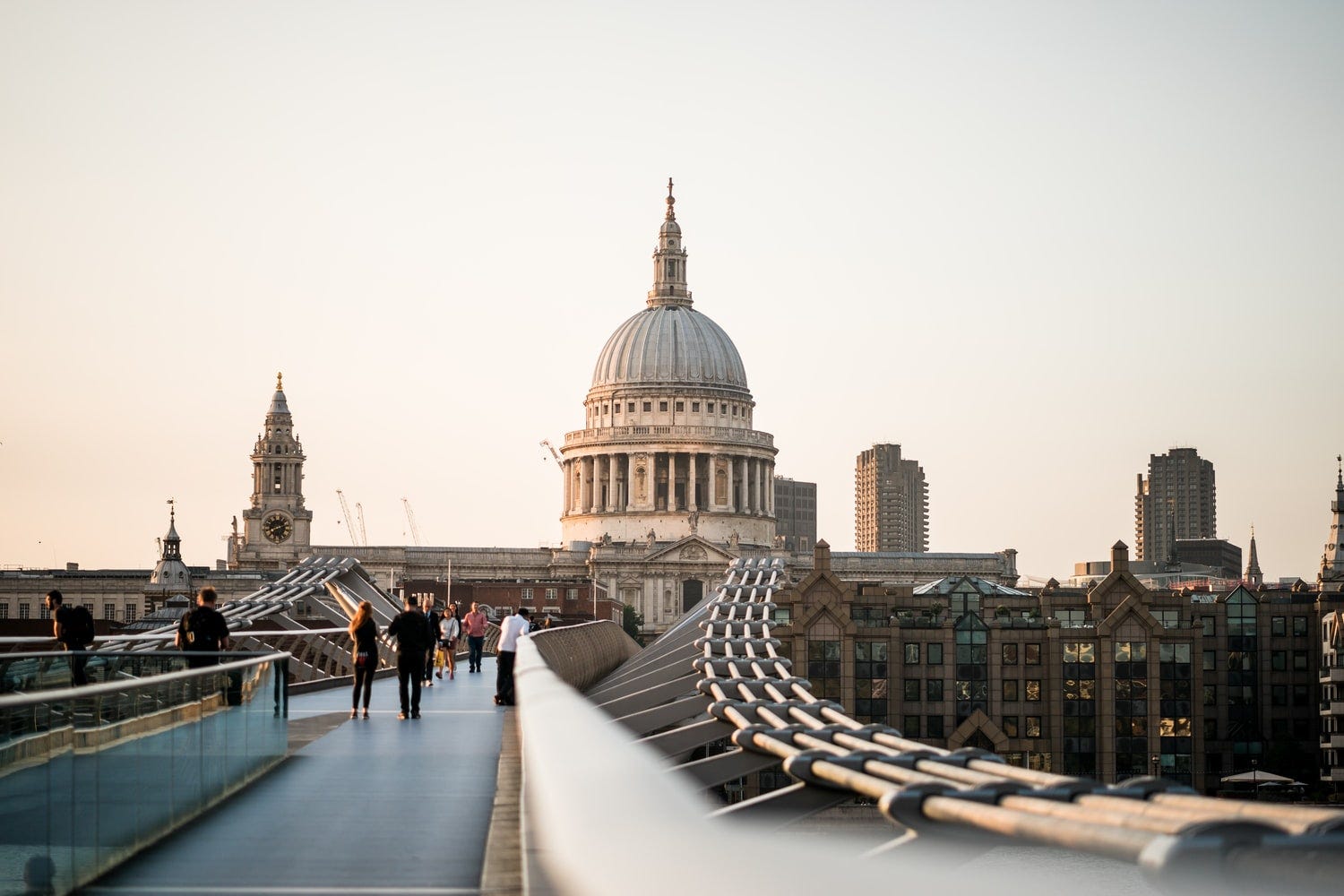
What to do in London if you have a day or two? We’ve written thoroughly about How to Spend 24h in London on a separate post because it’s a a hot topic and not an easy task. Optimising an itinerary is key to make the most out of your time and it can be quite tricky.
A good itinerary in such a short time will avoid you crowds, organise each location when something special is going on and will finish in the most magical place for sunset. If this is your first time in London, this is what we would recommend:
- Chinatown: (Page 20) Start your day exploring Chinatown, Leicester Square and Regents Street. For breakfast, the rooftop at the Indigo Hotel is quite nice and is not yet so known. So if you’d like to enjoy stunning views while sipping a good coffee, this place is ideal.
- Piccadilly Circus: (Page 22) Understanding how the land works in London is key to the rest of the itinerary and Piccadilly Circus is the best location to identify those buildings owned by the Crown and those by the City Council. Can you guess who owns the famous building with the neon signs?
- St. James’s Palace: (Page 36) On the way to St James’s Palace (a Tudor masterpiece with an unsavoury history) you can check out Hatchards (booksellers since 1797) and Fortnum & Mason. Don’t miss the Daily Changing of the Guard.
- Buckingham Palace: (Page 37) Who was the first person to live in Buckingham Palace? And the first Monarch? Buckingham Palace is packed with tourists so if you are after the Changing of the Guard, better to do it at St James’s Palace. At least is a bit less crowded.
- Westminster Abbey: (Page 4) On your way here don’t miss the delightful views of St James’s Park from the blue bridge 😍 Westminster Abbey is a very significant building in British history and it’s worth paying the hefty ticket. However, note that you can attend mass (for free) on Sundays.
- Trafalgar Square: (Page 13) From Parliament Square to Trafalgar Square you’ll spot 10 Downing Street (where the Prime Minister lives) and Banqueting House (where Charles I died). Also note that the statue of Nelson is missing something, but what?
- St Paul’s Cathedral: (Page 126) If you take bus 15 towards Blackwall at Trafalgar Square, it will leave you in front of St Paul’s Cathedral. There are a couple of places to eat around this area (we can hear your stomach rumbling already). Make sure you don’t miss the Paternoster Square Vents by Heatherwick Studio.
- Tower of London: (Page 184) Tower of London has had many purposes: a royal residence, a prison, the place of executions, a zoo… the list goes on and on. It still stuns me the fact that this building was around since 1078 😱 Check the original gate entrance from Tower Bridge and imagine boats entering Tower of London from the river.
- Tower Bridge: (Page 186) This delightful bridge, built in 1894, marked the beginning of a new connected city. More bridges started being constructed and linking north with south. Best location to photograph it? from Le Pont de la Tour restaurant side.
- Tate Modern: (Page 199) They say that the best things in life are free and this couldn’t be any truer at Tate Modern, an amazing museum (and shop) with stunning views of London from the south 👍🏼 Don’t leave without checking the amazing concrete staircase of the new Switch House.
Itinerary marked in pink:
Itinerary 2: Rainy Day
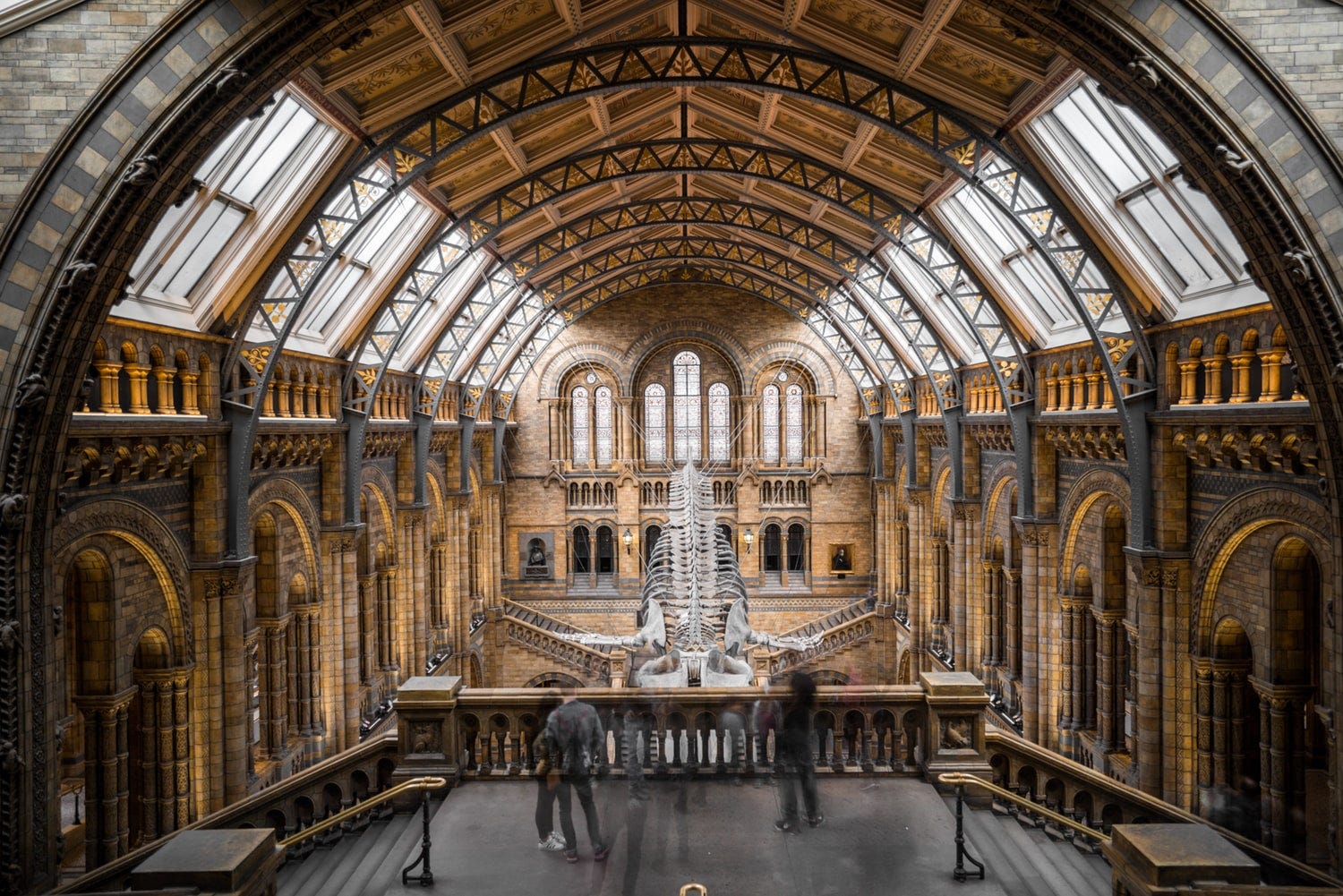
Us locals always say that it doesn’t rain that much in London 🤥 but truth is it does, a little. In London you never know when it’s going to start raining so you have to be prepared for whatever climate you get throughout the day. An umbrella and this itinerary will keep you dry.
If you are unlucky, and the day you picked for your explorations is a rainy one — morning, afternoon and evening rain — worry not as we have you covered with this list, which you can explore in order.
- British Museum: (Page 99) It took us about one week to properly visit the British Museum, yes you read correctly. So let’s be clear, if you wanted to, you could spend a day here and still not be done 😂 Things not to miss: the Egyptian mummies, Rosetta Stone and a more secretive one: the Lindow Man (an unfrozen chap from the Iron Age).
- Covent Garden: (Page 106) Covent Garden and the adjacent St Paul’s Church by Inigo Jones are a historical delight — if only there weren’t so many people. If you are a bit hungry this is also a great place for a coffee and a quick bite. Before you leave, check the main access of the church and then check it from the inside.
- Somerset House: (Page 110) I’ll be honest with you, the main reason why I come back over and over to this superb building and gallery is not because of the art (guilty!). There are two gorgeous staircases: the Nelson staircase and the more recent Miles Stair (only open on weekdays).
- National Portrait Gallery: (Page 17) This museum along with the National Gallery (next point) are some of the best galleries in London. If you enjoyed your visit, make sure you leave a donation. The National Portrait Gallery is fun to visit because it’s about the people and not the painters. Two portraits that we love: Anne Boleyn and Charles Darwin. Which were your favourites?
- The National Gallery: (Page 16) Similarly to the British Museum, this gallery will take you longer than expected to complete, especially if you are one of those people who take their time with every room. Highlights of the gallery are the Impressionists (Monet, Manet, Degas…) and a couple of striking paintings such as the Arnolfini Portrait (Jan van Eyck, 1434) and the Rokeby Venus (Velázquez, 1647).
- Harrods: (Page 48) Harrods is often seen as the mecca for tourists, but it’s a lot more than that. The story of its beginning and the extent of what is sold should seriously make you consider an extended visit to this “real life museum”. Don’t miss the furniture area, and if you fancy it, you could buy an entire living room set from the 16th century 🤑
- Victoria and Albert Museum: (Page 57) Have you ever paid attention to the entrance of this museum? The devil is in the details. You can spend an entire day here and it’s actually quite a nice day out, the restaurants are superb and there’s a lot of choice. Not to miss? The bed, the massive old bed. Even Shakespeare wrote about it back in the day.
- Science Museum: (Page 58) The Science Museum is a fascinating place in London. Children would be walking around with their eyes wide open and mumbling little “wows”. That’s the right way to visit this gem of a building containing cars, airplanes and surprising artefacts. The mathematics gallery by Zaha Hadid is impressive and the new Science City gallery worth a visit.
- Natural History Museum: (Page 59) If you are an architecture fan, come here to see the building’s interior, it’s stunning. If not? Come anyways 🤣
- Saatchi Gallery: (Page 49) This delightful gallery is located in a former 1801 school for girls. But don’t let the bucolic setup fool you: it has displayed some of the most controversial art ever. There’s always something new going on and it’s worth checking it out.
Itinerary marked in blue:
Itinerary 3: Contemporary Architecture
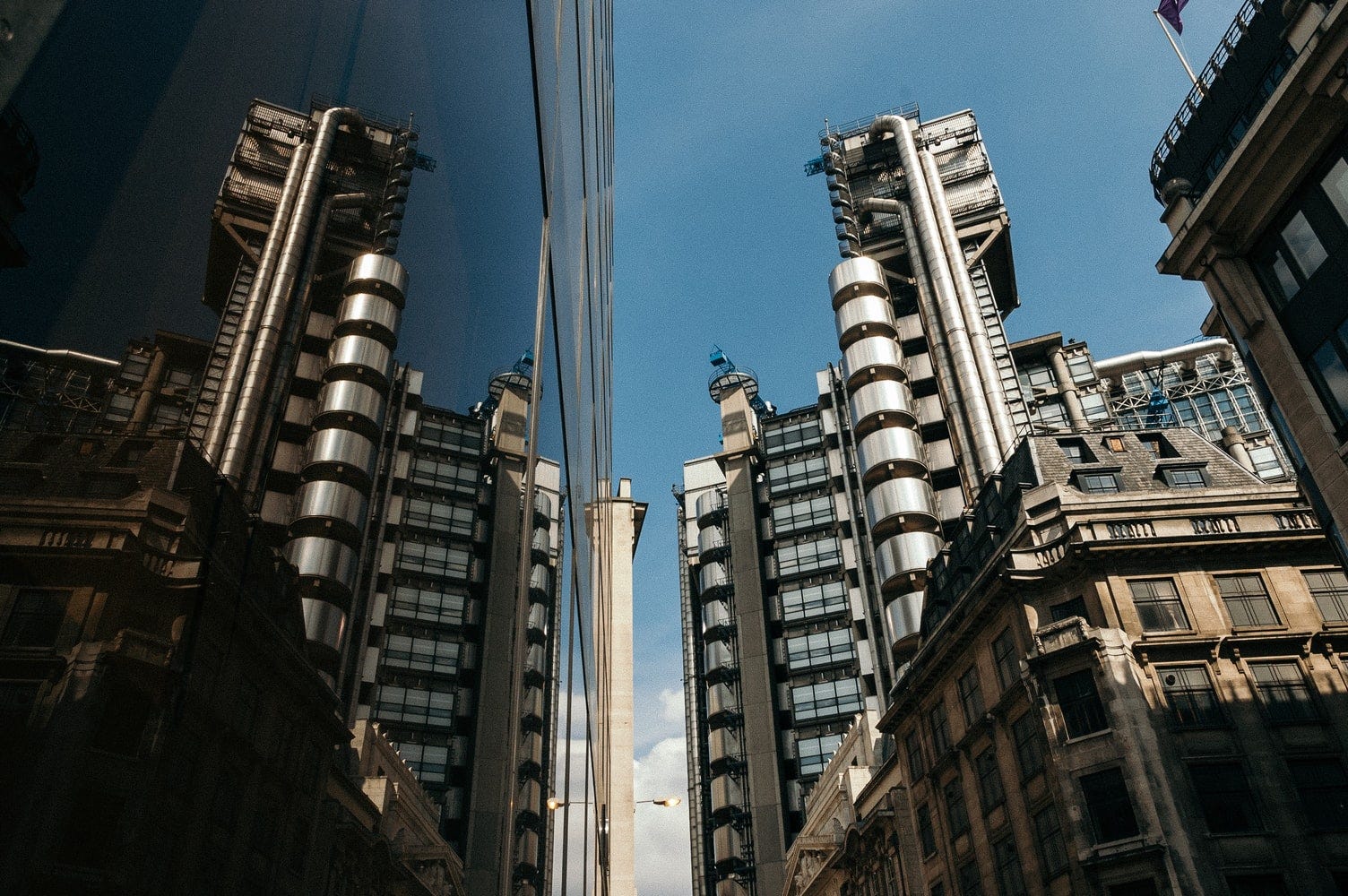
Ah, here it comes, our favourite. Contemporary architecture in London is special because it the land is historical, has some of the strictest codes in the world and buildings are very successful (people are happy, businesses make money in them).
If you only have one day, this is the itinerary where you’ll get the most out of London. If you have more time, you might also want to check Canary Wharf and the new developments around Nine Elms, including Battersea. We also offer Contemporary Tours to help you get the most out of it.
- Millennium Bridge: (Page 198) The only pedestrian bridge in the Thames had a complicated debut: it moved and it had to be shut temporarily. The phenomenon, synchronised overload vibration, was heavily studied afterwards…and mocked up in one of the Harry Potter films (also an itinerary of this list).
- Bloomberg: (Page 136) One of London’s most recent and best additions: the new Bloomberg headquarters. The brief was difficult, it had Roman ruins to be incorporated, height restrictions and a view corridor to St Paul’s Cathedral. The result is astonishing, but you need to visit in person to check the details.
- Lloyd’s of London: (Page 167) This superb building is unpretentious and brutal and non architects can’t see why we are obsessed with it. Ducts, lifts and staircases are located on the outside (which is very practical) and the inside is filled with light and quality space for offices. You can visit the interior during Open House London.
- Leadenhall Building: (Page 165) This office building is home to international giants like Aon and also where Rogers Stirk + Harbour have their studio. Do you think they picked this place so they could admire another of their buildings (Lloyd’s of London) immediately in front?
- 30 St Mary Axe: (Page 164) 30 St Mary Axe is so remarkable because it was designed and built in a time were BIM hasn’t even been created 😱. The only curvy part of this building is the piece that tops the structure.
- Tower 42: (Page 170) The floor plan of Tower 42, the former NatWest Bank headquarters, is the logo of the company (questionable design feature). However, the cantilevered sections — basically the entire building — is quite impressive. You can have drinks from the top bar and admire the skyline from above or eat at City Social.
- Heron Tower: (Page 169) Heron Tower is famous for being the home of Sushi Samba and Duck and Waffle and another little treat that not many people see when visiting… it has a massive aquarium on its ground floor that you can see from the street. Don’t miss on your way here the Victorian Bath House, a little secret of a place.
- Tower Bridge House: (Page 185) The fastest way to get here is by foot and you’ll see interesting contrast between The City and the seedy buildings that are still around Eastern London. Tower Bridge House, completed in 2005, is at the limit of this imaginary line. The area, a former dock, has been heavily developed.
- London City Hall: (Page 188) Walk through Tower Bridge to this amazing building by Foster + Partners. It was erected when BIM wasn’t still available and that is impressive. Does this structure remind you of a similar one in Berlin? Ha, they were completed less than 5 years apart.
- The Shard: (Page 192) The UK’s tallest building was completed in 2013. If you are finishing your walk here, I’d recommend having a drink or dinner in one of its three restaurants (Aqua, Oblix and Hutong). It’s always best to book in advance 😉
Itinerary marked in yellow:
Itinerary 4: Harry Potter

Harry Potter was filmed in many London locations (also Oxford and Edinburgh). If you have read the books and love the movies, this is the perfect opportunity to visit these locations in person. Exciting places like Diagon Alley or Platform 9¾ are included in this itinerary.
Because we’ve written a comprehensive article about it, you can check all these locations at A Self-Guided Harry Potter London Tour or join our walking Harry Potter Tour.
Itinerary marked in purple:
Itinerary 5: Brutalist Architecture
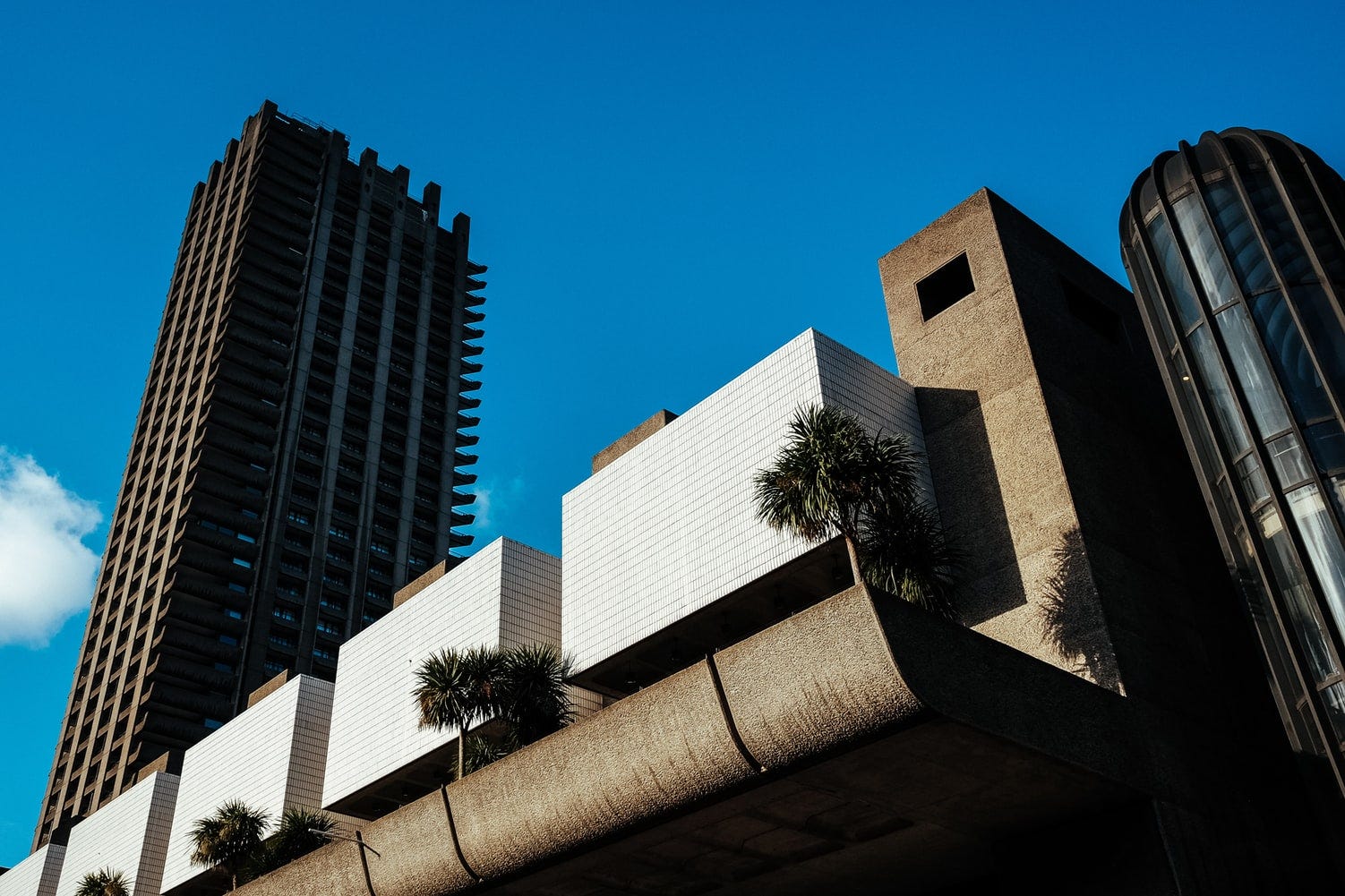
Solid and solemn, concrete buildings have developed an increasing likability amongst Londoners. More specifically, roughly-finished concrete specimens. Though some of these buildings have proved to be controversial — especially between people who have actually lived in them — they have progressively achieved cult status and are well worth a pilgrimage.
This itinerary is a bit more difficult than the others as distances are bigger and you’ll have to rely on buses and other transport to go from point to point. If you want to make the most of your time, join one of our Brutalist Architecture Tours.
- Centre Point: (Page 101) Not many people know that the reason why it’s called Centre Point is because of its location at the junction of three different postcodes (fun fact for you!). What is absolutely mesmerising about this building it’s the geometrical concrete façade. This technical prowess allowed a faster construction which given the size and detail of its exterior it’s quite impressive.
- Space House: (Page 115) Space House, now known as One Kemble street, is the younger sibling of Centre Point (number three of this list). The façade of this little gem is extra special and it was built around the same time with similar construction techniques. However, the circular shape of the plan makes it even more impressive. An innovative precast concrete grid allowed this form and — fun fact — it didn’t need scaffolding.
- The Economist Building: (Page 35) This building is one of my favourites of the book. It’s the Renaissance of Contemporary Architecture. The proportions, beauty, layout within a plaza and harmony of the whole complex is astounding. You can actually visit the interior of the site’s smaller building as it is home to Sake no Hana.
- 102 Petty France: (Page 9) A predecessor of 20 Fenchurch Street? Perhaps. But it’s a governmental building so it’s ok. 102 Petty France, formerly known as UK Home Office, houses the Ministry of Justice. It was built in 1976 and there is something unique, raw and brutal about this structure that you can only feel when you visit it in person.
- Southbank Centre: (Page 203) It was completed in 1951 as the first cultural building in the Southbank after the war. Though it was part of a bigger complex of buildings, only three of them remain: The Royal Festival Hall, the Queen Elizabeth Hall and the Hayward Gallery.
- National Theatre: (Page 202) Denys Lasdun — the eminent architect behind a good number of concrete buildings in London — never intended the National Theatre to be Brutalist. And if you take their Architecture Tour (which we highly recommend), they will repeat this a million times. Sorry NT, you are Brutalist Brutalist Brutalist. The theatre is in fact three theatres and about 25 new productions are performed here every year.
- Barbican Centre: (Page 149) Although most Brutalist examples were constructed as welfare estates, Barbican wasn’t and one can immediately appreciate that in the details: the generosity of space and green areas, cultural program and its pick-hammered finish (an architectural luxury). This late example of Brutalism built in 1976 is especially interesting because it was the second project of this type by Chamberlin Powell and Bon. The nearby Golden Lane Estate is a different story.
- Royal College of Physicians: (Page 253) This superb building by Denys Lasdun (of NT too) is a robust structure in mosaic clad concrete. The design is a bold and wonderful addition to a very traditional area. And the three thin pillars that make the front entrance are the cherry on the cake. Denys, what were you thinking? Whatever it was, we love you for those marvellous pillars!
- Trellick Tower: (Page 69) This infamous building by Ernö Goldfinger is well worth a visit. Amongst all the buildings in this list, this is the one with the seediest history. You’ll have to visit in person to understand. And if it leaves you hungry for more (it won’t), you should also visit Balfron Tower by the sam Architect.
- Alexandra Road Park: (Page 256) Neave Brown, who recently passed away, was awarded the Royal Gold Medal (the UK’s highest honour in architecture) thanks to this social housing complex. It was an economic disaster, took longer than scheduled and ended his career. Impressively, years after its completion in 1978, less than 20% of the flats remain social housing. Alexandra Road Estate — with its overgrown lush terraced greenery — has aged well.
Itinerary marked in grey:
[BONUS] Restaurants
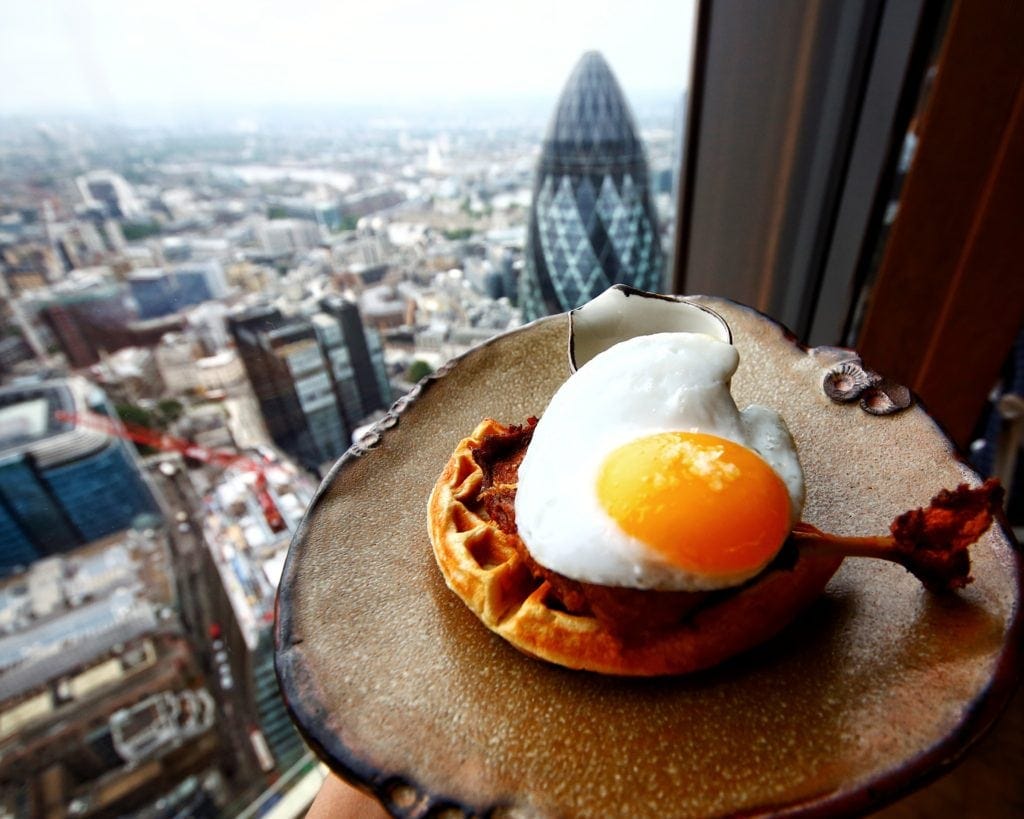
We’ve also included a couple of restaurants that we love. To keep it useful, we’ll be updating this quite often and adding whatever we think is worth each month. Make sure you check this map regularly 😉
We hope these itineraries are useful and that you make the most our of your time in this wonderful city. If you need some help to arrange your plan or want to listen to London’s quirkiest and most fun stories, then make sure to book a tour with us.

